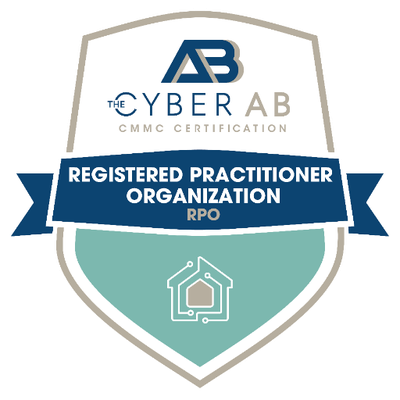Did you know, the global average cost of a data breach in 2023 was USD 4.45 million? That’s a 15% increase over 3 years according to IBM’s Cost of a Data Breach Report 2023. Cybersecurity isn’t just an IT concern; it’s a critical aspect of your business’s overall risk management strategy. As a CFO, you play a pivotal role in ensuring your organization’s financial health and reputation remain intact. Let’s explore the importance of cybersecurity governance and compliance and how you can safeguard your company’s future.
Understanding the Stakes
Cybersecurity analysts predict worldwide cybercrime could hit US$9.5 trillion in 2024 and the World Economic Forum is bracing themselves for a global cost of $10.5 trillion in 2025. It’s not a matter of “if” a breach will occur, it’s “when” and are you prepared?
The impact of a data breach could have a severe impact on most businesses. Data breaches often result in both immediate and long-term financial losses. there is a high likelihood that you’ll experience operational disruptions, affecting productivity and potentially leading to additional financial losses. The longer the recovery period, the more significant the impact on overall business operations.
There is also a strong chance you will face costs to investigate and rectify the breach. Implementing additional security measures, notifying affected individuals, and reporting the incident will likely incur some financial deficit.
Cyber threats are evolving rapidly and cybercriminals are becoming more sophisticated in their methods. You can’t afford to underestimate the effect of a cybersecurity breach on your organization. The financial consequences of a breach can be severe. Beyond that, you may face regulatory fines, legal liabilities, damage to your brand’s reputation, and the erosion of customer trust. These risks can be mitigated through proactive cybersecurity governance and compliance measures.
The Role of Cybersecurity Governance
Cybersecurity governance is the framework that defines the strategic direction, policies, and procedures related to protecting your organization’s digital assets. As a CFO, you can contribute to effective and continual cybersecurity governance in the following ways:
- Budget Allocation: Allocate sufficient budget to cybersecurity initiatives, recognizing that investment in prevention is more cost-effective than responding to a breach. According to IBM, 51% of organizations are planning to increase security investments as a result of a breach, including incident response (IR) planning and testing, employee training, and threat detection and response tools.
- Risk Assessment: Collaborate with your CISO (Chief Information Security Officer) to identify and prioritize cybersecurity risks. Consider the potential financial impact of these risks when making strategic decisions.
- Cyber Insurance: Evaluate and invest in cyber insurance to mitigate the financial risks associated with a breach. When there is a breach, this will be your first call.
- Board Oversight: Ensure your board of directors is informed and actively engaged in cybersecurity governance. Board members should understand the organization’s risk exposure and the measures in place to mitigate threats.
Embracing Cybersecurity Compliance
Continual compliance with cybersecurity standards and regulations is not just a regulatory checkbox; it’s an ongoing fundamental aspect of protecting your organization. Compliance helps establish a strong security posture and demonstrates your commitment to data protection. Here’s how you can contribute:
- Stay Informed: Keep abreast of relevant cybersecurity regulations in your industry and geographic region. This ensures you can adapt your compliance efforts as regulations evolve.
- Resource Allocation: Allocate resources to support compliance efforts, including staff training, audit preparations, and third-party assessments.
- Continuous Monitoring: Implement continuous monitoring systems to detect and respond to potential compliance violations promptly.
- Vendor Management: Ensure your third-party vendors also adhere to cybersecurity compliance standards, as their security practices can directly impact your organization.
Stop Overrelying on Your Tech Team
Technology people are knowledgeable about the ins and outs of technology, as they should be. Asking them to be experts at the continual governance and compliance mandates and legal regulations is generally overloading them and expecting them to be experts in areas they most likely have little to no training in.
The Bottom Line
The average savings for organizations that use security AI and automation extensively is USD 1.76 million compared to organizations that don’t. Continual cybersecurity governance and compliance are integral components of your organization’s strategy to protect its financial well-being and reputation. By actively participating in these efforts as a CFO, you can help safeguard your company against the ever-present and ever-evolving cyber threats.
Remember, investing in continual cybersecurity governance and compliance is an investment in the long-term success and resilience of your organization. It’s not just a matter of regulatory compliance; it’s about securing your financial future.





